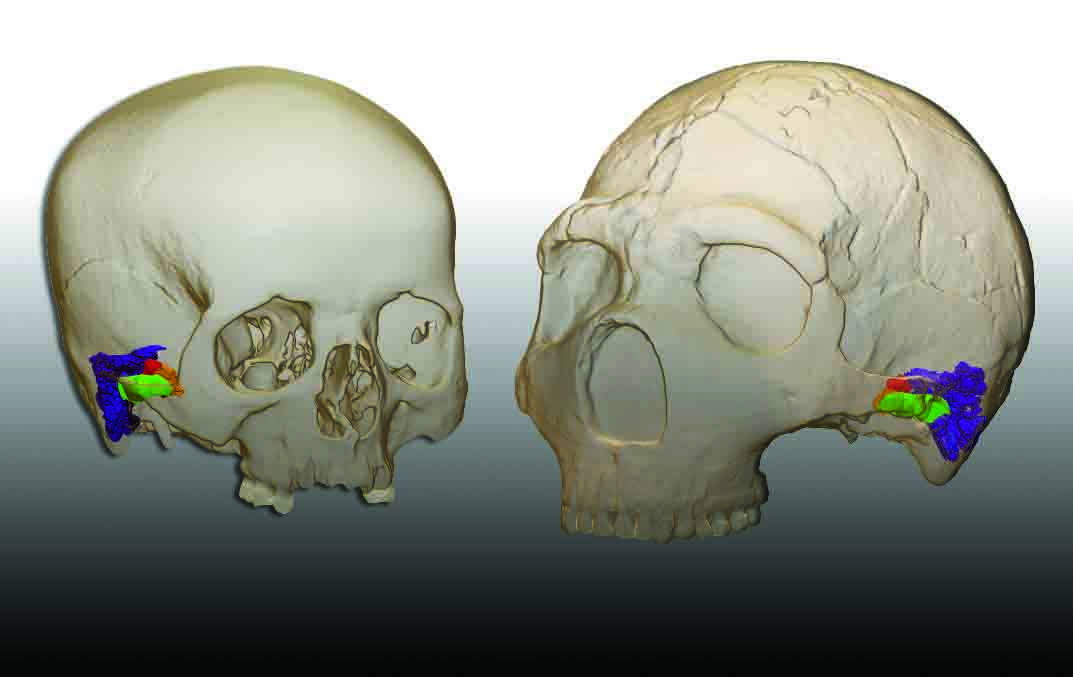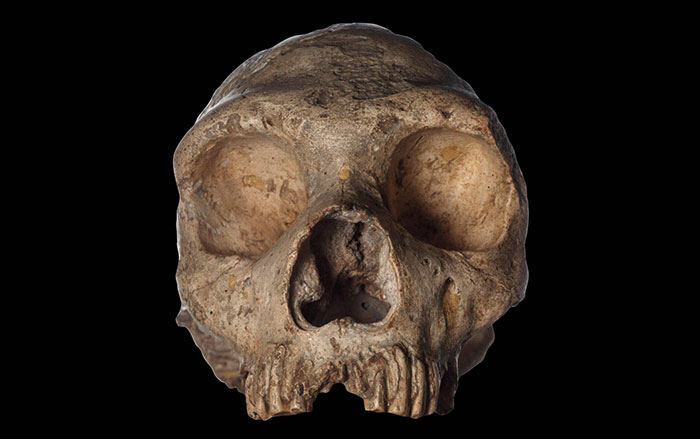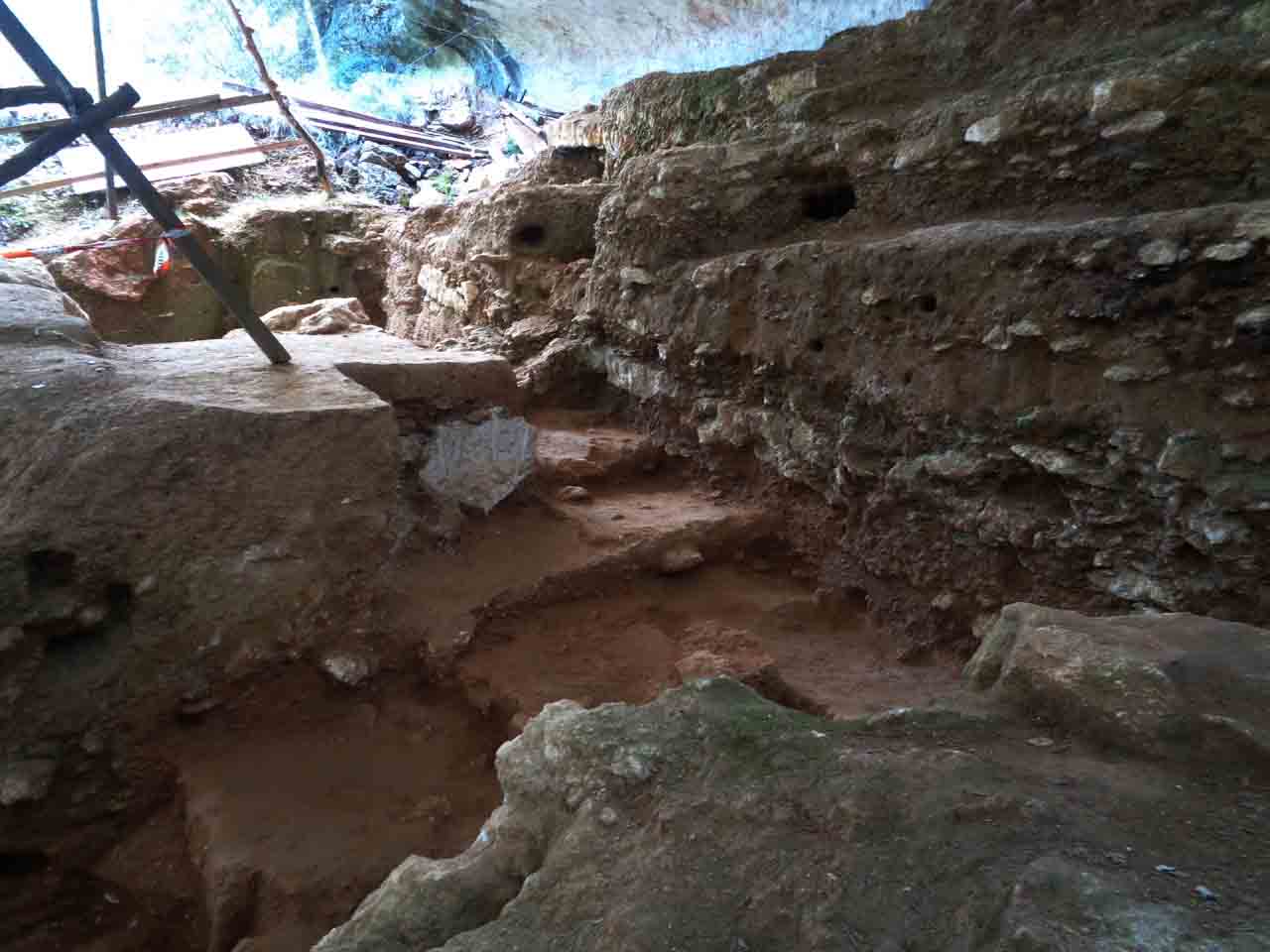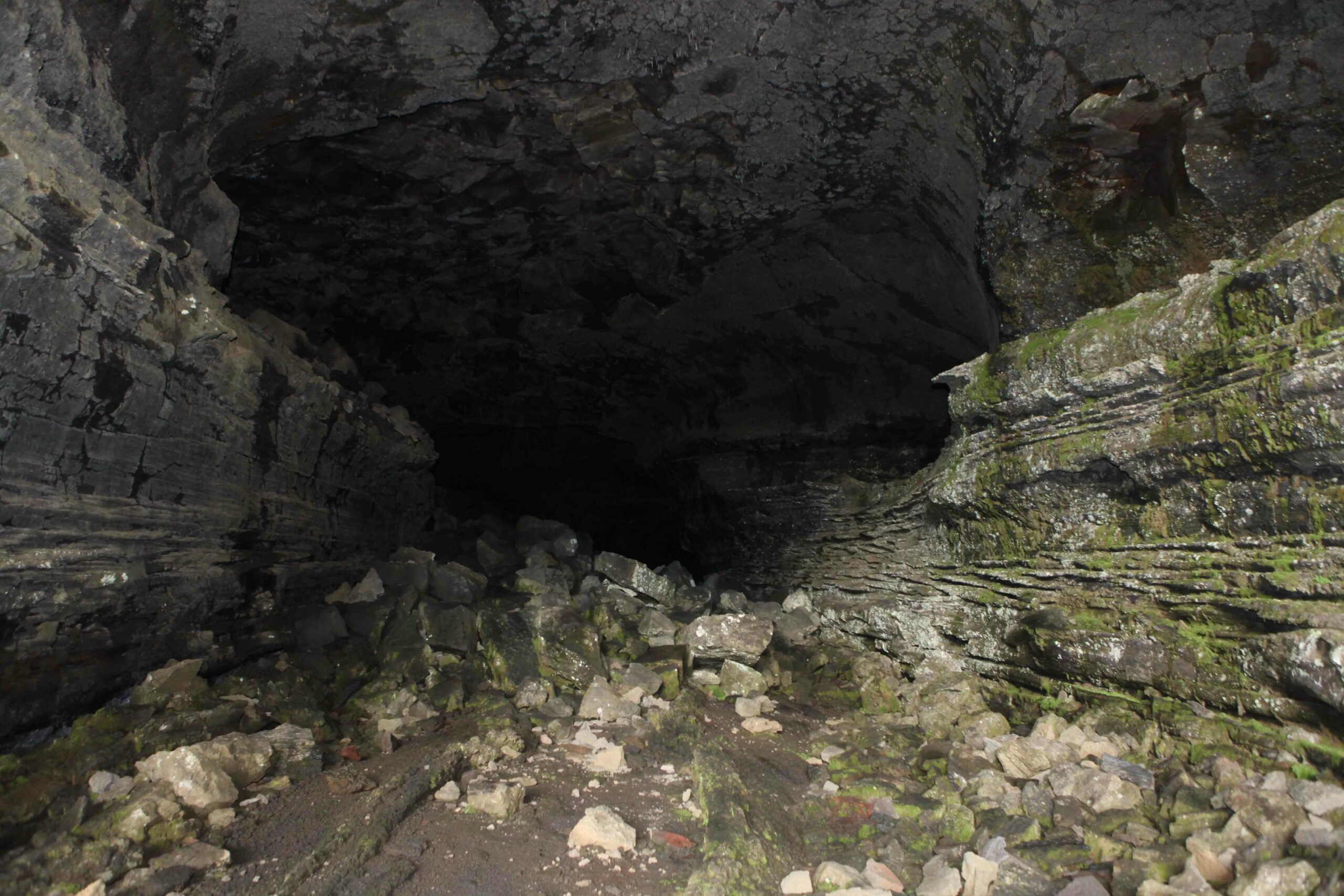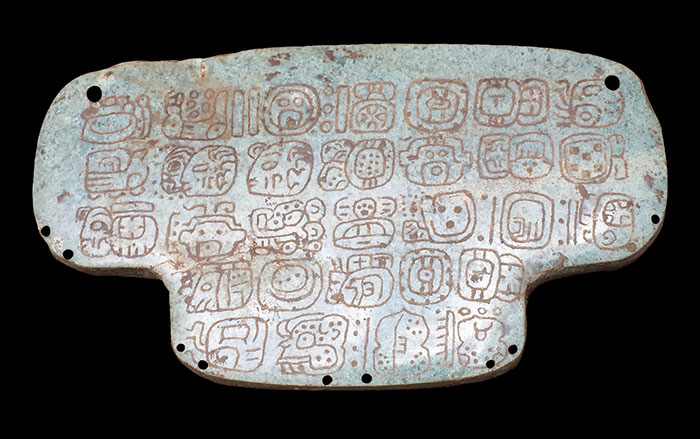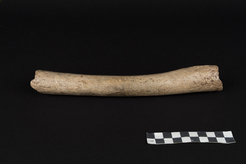
JENA, GERMANY—According to a report in Science, researchers led by Johannes Krause and Cosimo Posth of the Max Planck Institute for Human History have made the surprising discovery that Neanderthals may have decended from a female member of the lineage of modern humans. They sequenced mitochondrial DNA, which is inherited through the maternal line, from a 120,000-year-old Neanderthal femur excavated from southwest Germany’s Hohlenstein-Stadel Cave in 1937. They then compared the data with the mitochondrial DNA of other Neanderthals and Neanderthal ancestors, Denisovans—a hominin closely related to Neanderthals, and modern humans. The study suggests that sometime between 470,000 and 220,000 years ago, a female relative of modern humans interbred with a male Neanderthal, possibly in the Middle East. Over many generations, her mitochondrial DNA may have eventually replaced Neanderthals’ ancestral mitochondrial DNA. The study could explain why Neanderthals and Denisovans, who have similar nuclear DNA, do not share similar mitochondrial DNA. Critics say analysis of mitochondrial DNA from additional Neanderthal samples is needed in order to show the material wasn’t inherited from a common ancestor of Neanderthals and modern humans. To read more about how the study of ancient mitochondrial DNA is revealing suprising connections between ancient human species, go to "Our Tangled Ancestry."


